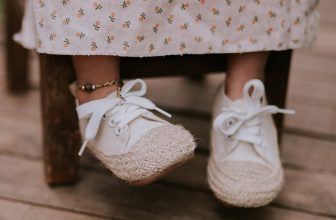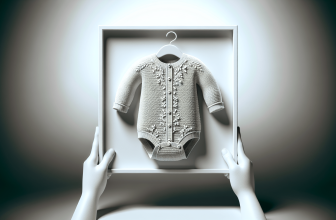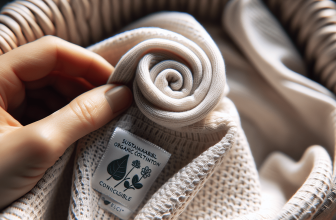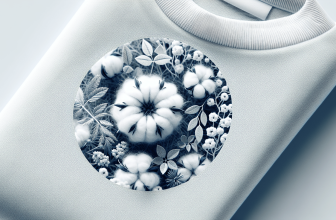Are you a parent or soon-to-be parent who is looking for ways to save money on baby clothes? Look no further! In this article, you will find valuable tips and tricks for reusing and recycling baby clothes. From finding the perfect hand-me-downs to giving new life to gently used garments, we’ve got you covered. Say goodbye to the hassle of constantly buying new clothes for your little one and say hello to sustainable and budget-friendly options. Let’s dive in and discover the world of hand-me-downs!
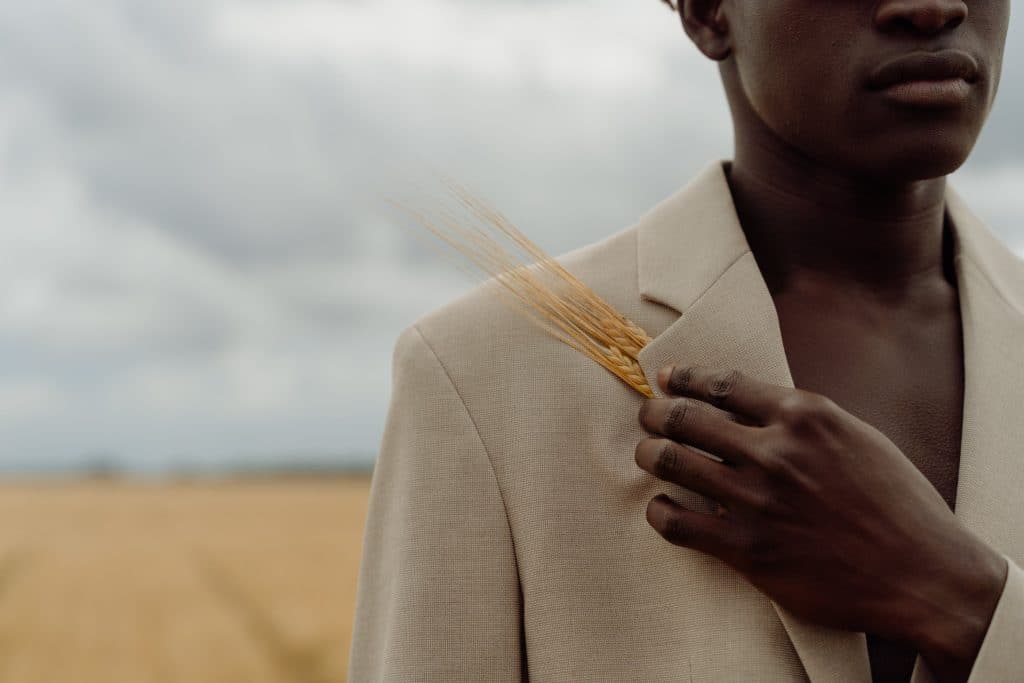
This image is property of images.pexels.com.
Why Reusing and Recycling Baby Clothes is Important
Environmental Impact of Baby Clothes
Reusing and recycling baby clothes has a significant positive impact on the environment. The production of new clothing consumes valuable resources, including water, energy, and raw materials. By reusing and recycling baby clothes, you are reducing the demand for new clothing, which in turn reduces the environmental footprint associated with their production. Additionally, the textile industry is a major contributor to pollution, with the dying and finishing processes releasing harmful substances into the environment. By extending the life of baby clothes through reuse and recycling, you are helping to minimize the environmental impact.
Financial Benefits of Reusing and Recycling
Not only does reusing and recycling baby clothes benefit the environment, but it also offers financial advantages. Babies grow quickly, and their clothes are often outgrown before they are worn out. By reusing clothes from older siblings or friends, or by participating in clothing swaps or second-hand sales, you can save a significant amount of money. Additionally, selling gently used baby clothes that are no longer needed can provide extra cash or store credit to buy new items or necessities for your growing child. Reusing and recycling baby clothes allows you to stretch your budget while still providing your little ones with a wardrobe they can grow into.
Emotional Value of Hand-Me-Downs
Hand-me-downs hold a special emotional value that cannot be replicated by new clothing. As parents, we cherish the memories associated with our children’s early years, and passing down clothes from one child to another symbolizes the continuation of these precious moments. Hand-me-downs can carry sentimental value and become heirlooms that are treasured for generations. Every stain, every tear, and every mark tells a story, reminding us of the precious moments our children experienced while wearing those clothes. Reusing and recycling baby clothes not only brings practical benefits but also creates a sense of connection and nostalgia within the family.
Preparing and Organizing Hand-Me-Downs
Inspecting and Sorting Clothes
Before reusing or recycling hand-me-downs, it is important to thoroughly inspect each item. Check for any signs of wear and tear, such as loose threads, broken zippers, or holes. Ensure that the clothing is still in good enough condition to be worn safely by your baby. Once inspected, sort the clothes into categories such as size, season, and style. This will make it easier to store and locate specific items when needed.
Stain Removal Techniques
Baby clothes are prone to stains, but with the right techniques, those stubborn marks can often be removed. Treat stains promptly by rinsing them with cold water and pre-treating with a stain remover. There are also natural alternatives such as lemon juice, baking soda, or white vinegar that can effectively lift stains. Be sure to follow the instructions on the garment labels and test any new stain removal methods on a small, inconspicuous area before applying them to the entire item.
Storage and Labeling
Proper storage and labeling of hand-me-downs are essential to keep them organized and easy to locate when needed. Clean the clothes before storing to prevent any lingering odors or stains from setting in. Use sturdy plastic containers or garment bags to protect the clothes from dust, insects, and humidity. Label each container or bag with the appropriate size range and season. This will not only help you find specific clothes quickly but also make it easier to pass them on or donate them when they are no longer needed.
Tips for Reusing Baby Clothes
Washing and Sanitizing
Before reusing baby clothes, it is important to wash and sanitize them, especially if they have been in storage for a while. Use a gentle, baby-safe detergent and follow the care instructions on the labels. Wash the clothes in warm water, as hotter temperatures can cause shrinking or fading. It is also advisable to add an extra rinse cycle to ensure any remaining detergent or residue is thoroughly removed. If you are concerned about bacteria or allergens, consider using a sanitizing laundry additive to give the clothes an extra level of cleanliness.
Mixing and Matching Outfits
One of the joys of reusing baby clothes is the ability to mix and match outfits to create new looks. Experiment with different combinations to create unique and stylish ensembles for your little one. Pair a solid-colored top with a patterned bottom or layer different pieces to add depth and interest to the outfit. Mixing and matching not only saves you money but also allows you to get creative and showcase your child’s individual style.
Adjusting Clothing for Size
Babies grow at different rates, and sometimes hand-me-downs may not fit perfectly. To make clothes fit your baby’s current size, consider simple alterations. For example, cinching the waist of a dress with a small elastic band or rolling up the cuffs of pants can help achieve a better fit. You can also sew in adjustable waistbands or add extra buttons or snaps to accommodate different sizes. With a little creativity and basic sewing skills, you can make slight adjustments that will allow your baby to wear hand-me-downs comfortably.
Tips for Recycling Baby Clothes
Donating to Charitable Organizations
If you have baby clothes that are in good condition but no longer needed, consider donating them to charitable organizations. Many organizations accept baby clothes and distribute them to families in need. When donating, make sure the clothes are clean, free of stains, and in good repair. Double-check the guidelines of the organization you are donating to, as some may have specific requirements regarding the types of clothing they accept.
Organizing Clothing Swaps
Organizing a clothing swap is a fun and sustainable way to recycle baby clothes. Gather parents in your community who have children of different ages and arrange a clothing swap event. Each parent can bring gently used baby clothes they no longer need and exchange them for items that fit their child’s current size. Clothing swaps not only help reduce clothing waste but also provide an opportunity for parents to connect, share tips, and support each other.
Selling Second-hand Clothes
If you have baby clothes that are in great condition and you want to recoup some of your investment, selling them as second-hand items is a viable option. Online platforms, such as dedicated baby clothing marketplaces or general second-hand marketplaces, provide a convenient way to sell your gently used baby clothes. Take clear, well-lit photographs of the items, provide accurate descriptions, and set a fair price. Selling second-hand clothes not only helps the environment but also allows other parents to access affordable clothing options for their babies.
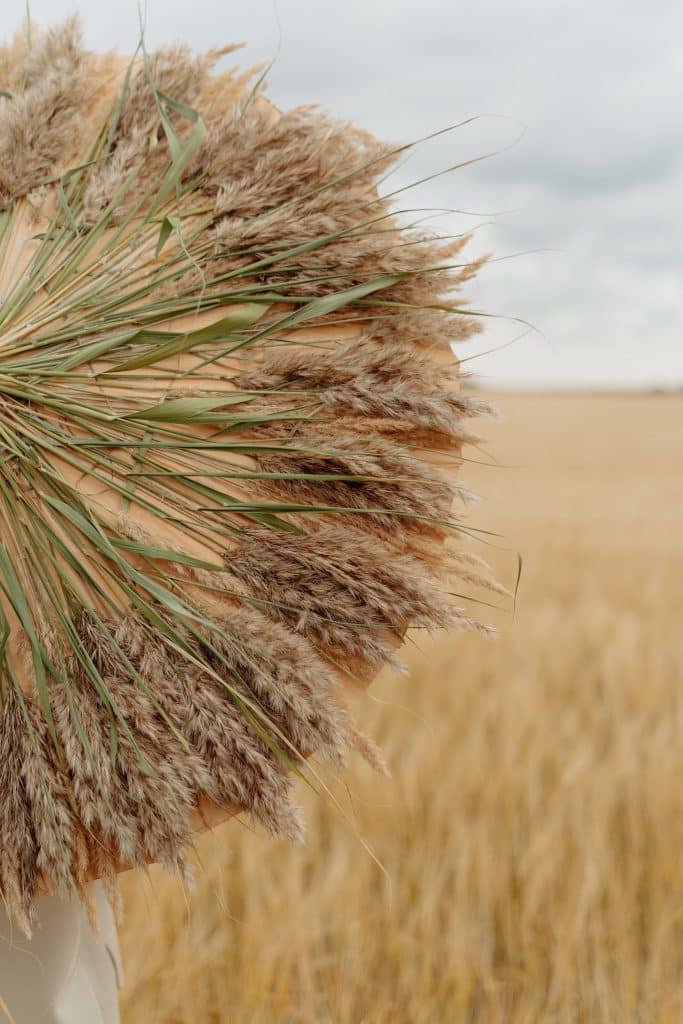
This image is property of images.pexels.com.
Creative Ways to Repurpose Baby Clothes
Turning Clothes into Keepsakes
Baby clothes hold a special place in our hearts, and transforming them into keepsakes allows us to cherish those memories for a lifetime. Consider turning your favorite baby clothes, such as a beloved onesie or a cute dress, into a quilt, pillow, or stuffed animal. These sentimental items can be passed down through generations, serving as a tangible reminder of your child’s early years.
Making Baby Quilts or Blankets
If you have a collection of baby clothes that you no longer need but can’t bear to part with, consider making a baby quilt or blanket. Cut the clothes into squares or rectangles, and sew them together to create a unique and meaningful quilt. This DIY project can be a labor of love and a way to repurpose baby clothes into a cherished and functional keepsake.
Eco-Friendly Laundry Practices
Using Natural Detergents
Choosing natural detergents for washing baby clothes is not only better for the environment but also safer for your little one. Many conventional laundry detergents contain harsh chemicals and synthetic fragrances that can be irritating to sensitive skin. Opt for natural detergents that are free from artificial ingredients and are specifically formulated for babies. These detergents are typically biodegradable, meaning they break down more easily in water and have a smaller impact on the environment.
Opting for Cold Water Washes
Washing baby clothes in cold water instead of hot or warm water can help save energy and reduce your carbon footprint. The majority of the energy consumed during a laundry cycle goes towards heating the water. By choosing cold water washes, you can significantly reduce energy consumption and lower your household’s greenhouse gas emissions. Modern detergents are designed to be effective even in cold water, so you don’t need to worry about compromising the cleanliness of your baby’s clothes.
Air Drying instead of Tumble Drying
Air drying baby clothes is a simple yet effective way to reduce your energy consumption and preserve the lifespan of the clothing. Tumble drying not only consumes a significant amount of energy but can also contribute to wear and tear on clothes. Hang baby clothes on a drying rack or clothesline to allow them to dry naturally. Not only will this save you money on your energy bill, but it will also give clothes a fresh and crisp feel, without the risk of shrinkage.

This image is property of images.pexels.com.
Safety Considerations when Reusing Baby Clothes
Checking for Fragile Fabrics or Loose Buttons
When reusing baby clothes, carefully inspect each item to ensure it is safe for your child to wear. Look for fragile fabrics that may tear easily or have small holes that could pose a choking hazard. Check for loose or broken buttons that may come off and become a choking or swallowing risk. Ensure that any embellishments, such as bows or ribbons, are securely attached to avoid the risk of entanglement.
Removing Drawstrings and Small Detachable Parts
Drawstrings on baby clothes can pose strangulation hazards, especially for younger children. It is best to remove them or ensure they are sewn securely into the garment. Additionally, check for small detachable parts, such as buttons, snaps, or hooks, that could pose a choking hazard. If these parts are loose or easily detachable, it is advisable to remove or reinforce them to prevent accidents.
Avoiding Clothes with Hazardous Materials
Some baby clothes may contain hazardous materials, such as flame retardants or toxic dyes. These substances can be harmful to your child’s health, especially if they come into contact with the skin or are ingested. When reusing or purchasing baby clothes, opt for those made from organic or natural fibers that are free from harmful chemicals. Look for certifications or labels that indicate the clothes are safe and free from toxins.
Exploring Sustainable Baby Clothing Brands
Buying New Clothes from Ethical Brands
If you prefer to buy new baby clothes, consider supporting ethical brands that prioritize sustainability and fair labor practices. Look for brands that use organic or recycled materials, minimize waste in their production process, and prioritize ethical sourcing and manufacturing. These brands often have transparent supply chains and certifications that ensure their commitment to social and environmental responsibility. By choosing ethical brands, you can align your values with your purchasing decisions and contribute to a more sustainable fashion industry.
Choosing Organic or Natural Fibers
When selecting baby clothes, opt for those made from organic or natural fibers. Conventionally grown cotton, for example, is heavily treated with pesticides and contributes to water pollution. Organic cotton, on the other hand, is grown without harmful chemicals, making it a more environmentally friendly choice. Other natural fibers like bamboo, hemp, and linen also have lower environmental impacts compared to synthetic materials like polyester or nylon. Choosing clothes made from these fibers reduces your child’s exposure to potentially harmful chemicals and supports sustainable farming practices.
Embracing Minimalism in Baby Wardrobes
Building a Capsule Wardrobe
A capsule wardrobe for your baby can be a practical and sustainable choice. By selecting a few versatile and timeless pieces, you can create a cohesive and functional wardrobe with minimal items. Focus on essentials such as bodysuits, pants, shirts, and jackets that can be mixed and matched to create various outfits. By avoiding excessive quantities of clothing, you can reduce clutter, save money, and minimize the environmental impact associated with production and storage.
Investing in Essential Pieces
Instead of accumulating a large collection of baby clothes, invest in a few high-quality essential items that will last longer and withstand multiple uses. Look for well-made pieces that are durable, easy to care for, and suitable for different occasions. Choose neutral colors or classic designs that can easily be passed down to siblings or friends. By investing in quality over quantity, you can reduce the need for constant replacement and contribute to a more sustainable approach to baby clothing.
Teaching Kids About Sustainable Fashion
Involving them in Recycling and Donation Processes
Teaching children about sustainable fashion starts with involving them in the recycling and donation processes. Explain to them the importance of reusing and recycling clothes and how it helps reduce waste and protect the environment. Encourage them to participate in sorting and organizing hand-me-downs, making them feel responsible for their own clothes. Take them with you when you donate clothes to charitable organizations or participate in clothing swaps, allowing them to see the positive impact of their actions firsthand.
Encouraging Conscious Consumerism
Teach your children the value of conscious consumerism by discussing the impact of their purchasing decisions. Talk to them about the importance of choosing sustainable materials, supporting ethical brands, and buying only what they truly need. Teach them to ask questions about where their clothes come from, who made them, and under what conditions. By encouraging conscious consumerism from an early age, you can instill values of sustainability and responsibility in your children, shaping them into thoughtful and environmentally conscious individuals.
By reusing, recycling, and consciously choosing baby clothes, you can make a positive impact on the environment, save money, and create meaningful connections within your family. From preparing and organizing hand-me-downs to exploring sustainable brands and teaching kids about sustainable fashion, there are numerous ways to embrace a more eco-friendly approach to baby clothing. Let’s make a difference together by choosing sustainable alternatives and creating a brighter future for our little ones.
Total word count: 2627 words



